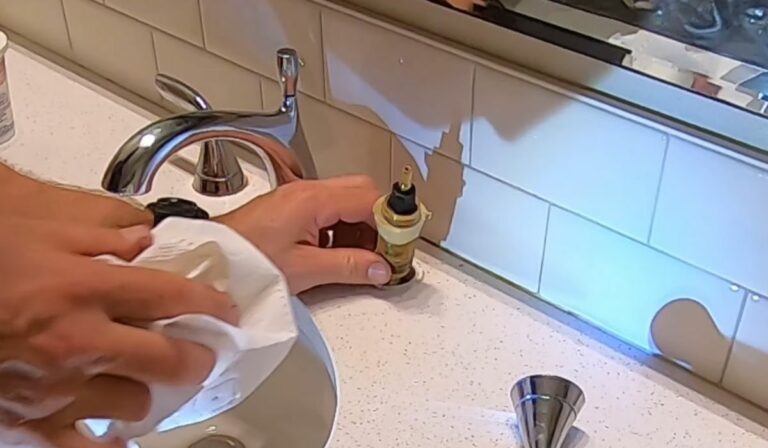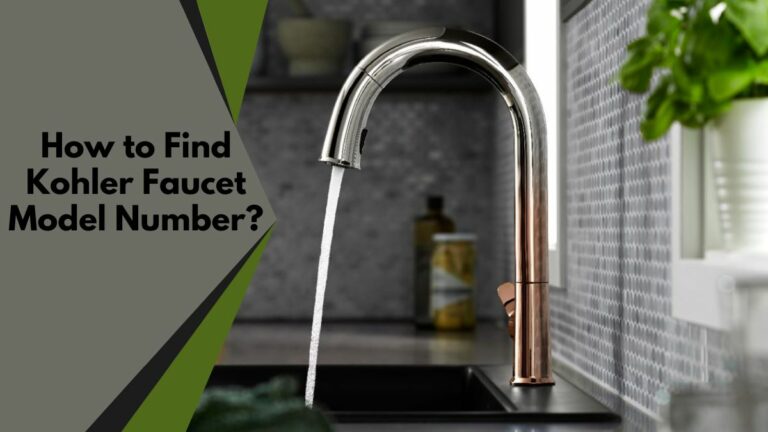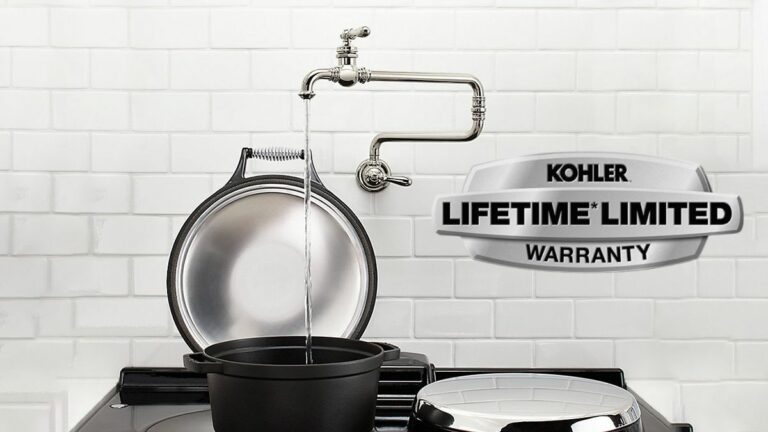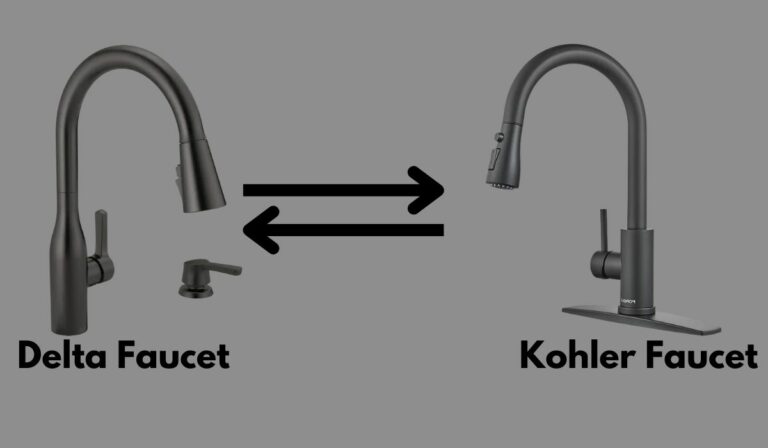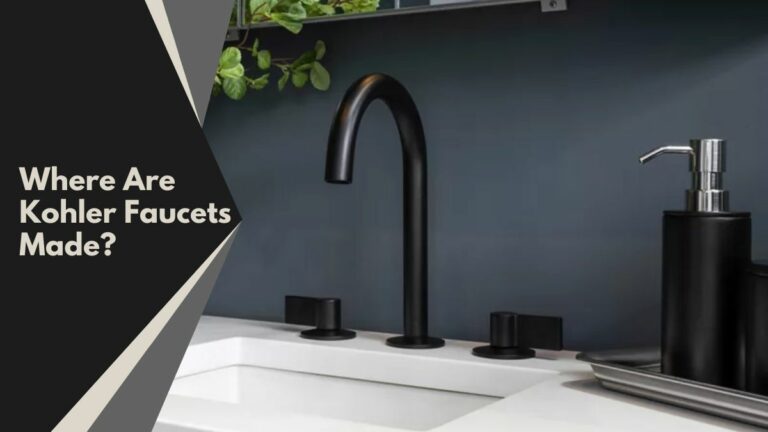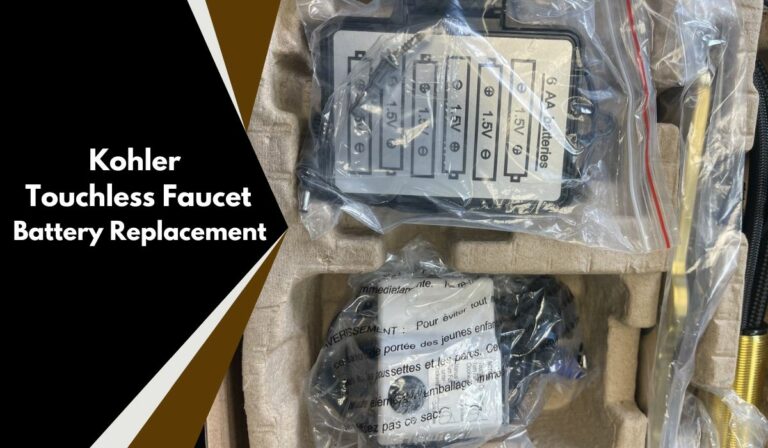Why Does My Kohler Faucet Have Low Water Pressure? [4 Probable Reasons]
A common problem in all faucets is the pressure decreasing at one point. Kohler, one of the best faucet brands, is no different in this issue. Many users often ask me about the reasons behind the Kohler faucet low water pressure.
It happens mainly due to mineral buildup in the aerator or cartridge or dirt in any hoses. Sometimes, in pull-out faucets, there might also be a leak to cause this problem.
Moreover, low pressure occurs due to a flow restrictor inside Kohler Katun spouts.
In this article, I will give all the details about these low-pressure causes. I will also tell you how to solve every problem by troubleshooting.
To learn about it all, read more below.
Reasons Behind Kohler Faucet Low Flow Problems
Low pressure in a faucet is very annoying as it can let you do no work efficiently. All faucet brands make promises of no significant malfunction.
But low pressure is something no brand can avoid, and every user has to face it after long-time use. Kohler is no different. So, what is behind this low flow problem in a Kohler faucet?
Well, there can be many. If you get low pressure, you need to troubleshoot the issue by finding the source of the problem.
Below I am pointing out a simple elimination process through which you can easily find the source behind your low-pressure issue. Let’s take a look −
Kohler Faucet Aerator Problems
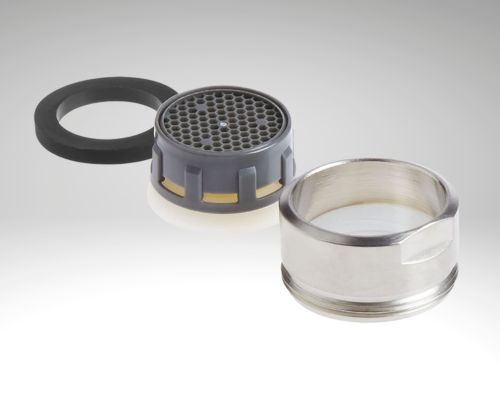
The most common reason behind the low pressure in a faucet is the aerator getting clogged.
If you don’t know what an aerator is, it is the mesh screen at the outer end of your spout. Its purpose is to mix air with water to make it softer. Moreover, it creates multiple streamlines within the water to prevent splashing.
What happens with aerators is after long-time use, minerals from the water build up in the mesh. They dry up and create a blockage within the spout opening. As a result, water pressure drops. 90% of the time, this is the reason behind a flow drop.
Fixing the aerator problem is very easy, though. All you have to do is take it off the spout and soak it in white vinegar for an hour or two. Then use a toothbrush and a toothpick to remove the loosened gunk.
If your aerator is permanently attached to the spout, you can take the vinegar in a plastic bag and tie it to the tap. In that case, ensure your faucet’s finish is not vulnerable to the acidity of the vinegar.
Problem With the Cartridge
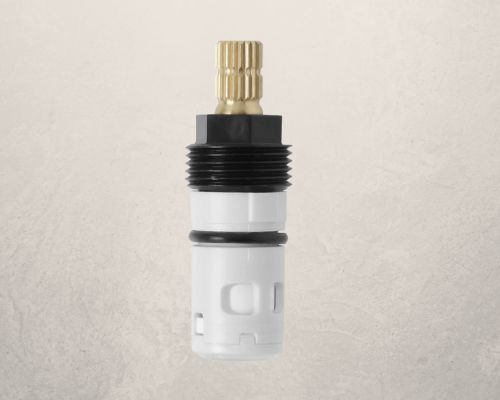
Even after cleaning the aerator, you need to look in the cartridge to see if the pressure is still low. Cartridges are a part of single-handle faucets, which can get clogged or wear out after heavy use.
It is a small part underneath the handle that allows water to flow in the faucet. To identify the Kohler faucet cartridge, take the handle off.
Give a thorough scan to see if there’s any gunk. Clean it up using the vinegar method. If too worn out, you may need to replace it.
Spray Head Blockage
Kohler is very popular for pull-out faucets. The spout has another mesh screen between the hose and the spout in these products. Sometimes, this screen gets minerals as well and reduces flow.
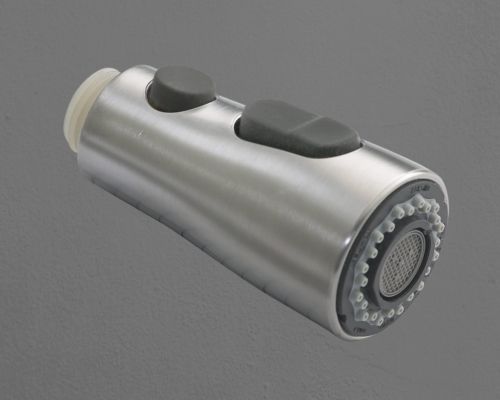
After checking the cartridge, you need to check the spray head to see if you have a pull-out spout. You can simply rotate it to take it off. Give the other end a thorough rinse and clean with a brush to remove any gunk.
Cleaning the Kohler faucet spray head is a good practice to avoid dirt accumulation over time.
Clog or Leakage in Hose
If none of the above issues were the reason behind your low pressure, the problem must be in the water hoses or supply line.
It is not uncommon for faucet hoses to leak. These leaks can cause you to lose water drastically and have low pressure on the spout end.
So, check all your hoses and their connection to the valves thoroughly to spot any leaks.
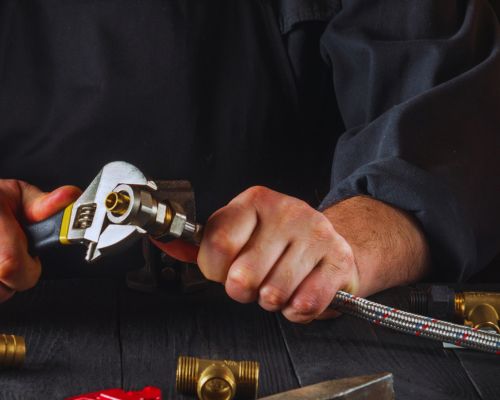
If you cannot find a leak, there may also be a clog in the hose or the main water line. Dirt can accumulate in the main water supply line and obstruct the path.
In such a case, disconnect the hoses from the shut-off valves and check individual water flow at both ends. If the main line gives the appropriate amount of water, the problem lies in the faucet hose.
Otherwise, there is a problem with the main line. The first case can be resolved using a back flush through the faucet. However, you may need to call a plumber if the issue is in the main line.
Therefore, these were some of the most common and probable reasons to get decreased pressure in your Kohler spout. Resolving them is very easy, as I have mentioned, so there is no need to worry too much!
Kohler Touchless Faucet Low Water Pressure
Many of you may use a touchless faucet from Kohler, as the brand is popular for such products. You may wonder how the low-pressure problem works in touchless spouts and what the fix is.
Well, I’m glad to let you know that solving this problem in touchless spouts works the same way I’ve mentioned above. Most of the time, touchless faucets can get low pressure due to unclean aerators or clogged hoses.
If you have a spray head, always keep it clean and debris-free to avoid any pressure issues. You must also check whether your handle is in the right setting, as it controls the pressure.
The motion sensor may only give the appropriate water flow with the handle in the right place.
Kohler Katun Faucet Low Flow Problems
I talked about the most common causes behind a low flow in Kohler faucets. However, in the Katun collection of Kohler, this problem has a different reason.
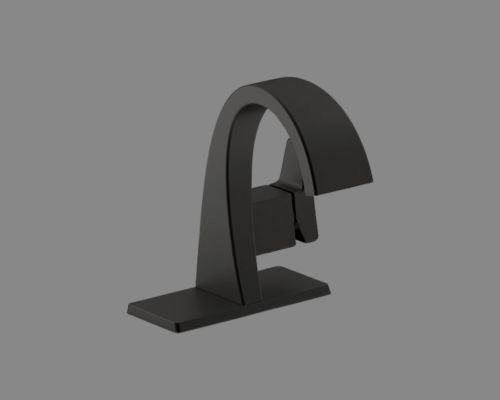
Katun is an amazing faucet system from Kohler with a single-handle design and a curved spout. Users often complain about low pressure from this spout or the inability to get the maximum pressure they want.
What many people don’t know is that this faucet has a flow restrictor inside it that causes it to maintain a certain flow rate! As a result, you cannot increase its pressure to your desired degree.
But worry not, as I have the solution to this problem!
- All you have to do is use an Allen wrench to unscrew the lever.
- Next, you’ll see a screw sitting on top. Undo that with a flathead drive.
- After that, use a wrench to take off the valve.
- When you lift the valve off, you’ll find three openings or holes.
- You’ll see that in one of the holes, there is a white mesh-like screen. That is the flow reducer.
- Pull it out and join the other parts again in reverse steps.
That’s it! You’ll now see that you have amazing pressure in the faucet!
Final Words
Kohler is an established brand with high-quality products. But like every other brand, it gets low-pressure problems too. They are mainly caused by clogged aerators, cartridges, and hoses or leaking in any part.
Therefore, you now know how to fix the Kohler faucet’s low water pressure by reading this article. Make sure you get the right tools and get to work immediately!

